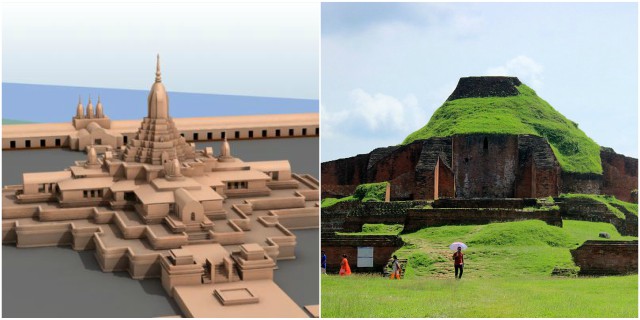Located in the village of Paharpur, near Rajshahi in northwestern Bangladesh, the extensive ruins of the Buddhist monastic complex form the most famous, spectacular pre-Islamic monument in Bangladesh.
Covering almost 27 acres (11 hectares) of land, Somapura Mahavihara is one of the largest monasteries on the south of the Himalayas, as well as one of the most important archeological sites in the country.
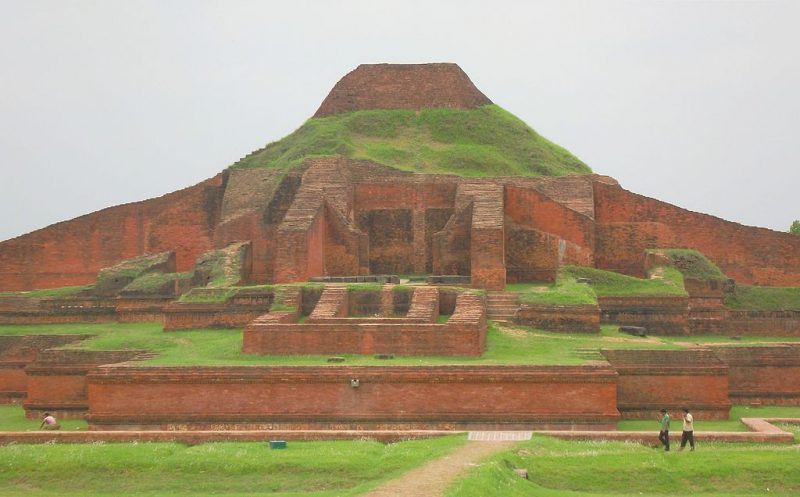
According to the Tibetan sources, five great Mahaviharas stood out: Vikramashila, the premier university of the era, Nalanda, past its prime but still illustrious, Somapura Mahavihara, Odantapura, and Jaggadala.This group of monasteries was interlinked to ease the traveling for the scholars and form a network of the five monasteries.
Somapura Mahavihara was built in the 8th century, and it is the largest among this network of ancient Buddhist institutions.
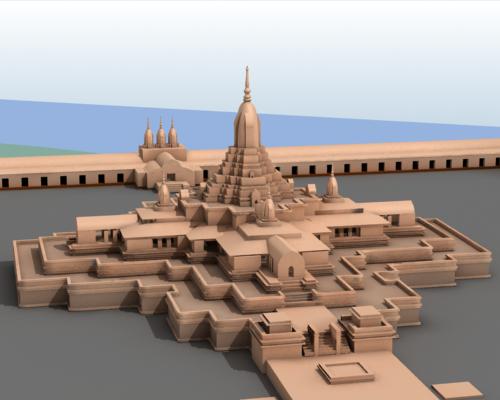
The monastery was a place for learning Dharmic traditions such as Buddhists, Jains, and Hindus. In 1919, Somapura Mahavira was proclaimed a protected archaeological site where the excavations began four years later.
The first builder of the monastery was Dharmapala Vikramshila (770-810AD), the king of Varendri-Magadha, as inscribed on a clay seal discovered in the monastery compound.
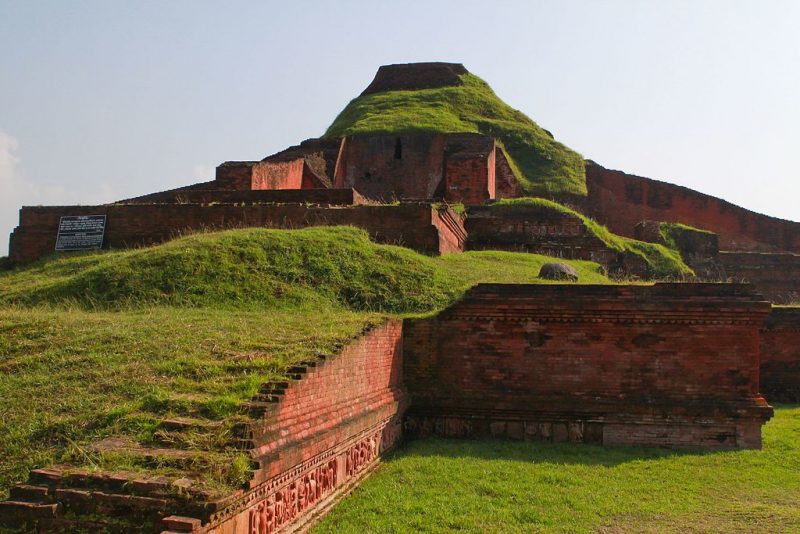
The monastery flourished until the 11th century AD when it was destroyed by fire during an invasion by the Vangala army, possibly the army of the Varman rulers of Vanga. Many Tibetan monks visited the monastery during the period between 9th and 12th century AD.
Somapura Mahavihara gradually declined and was finally abandoned during the 13th century, when the Muslims occupied the area.
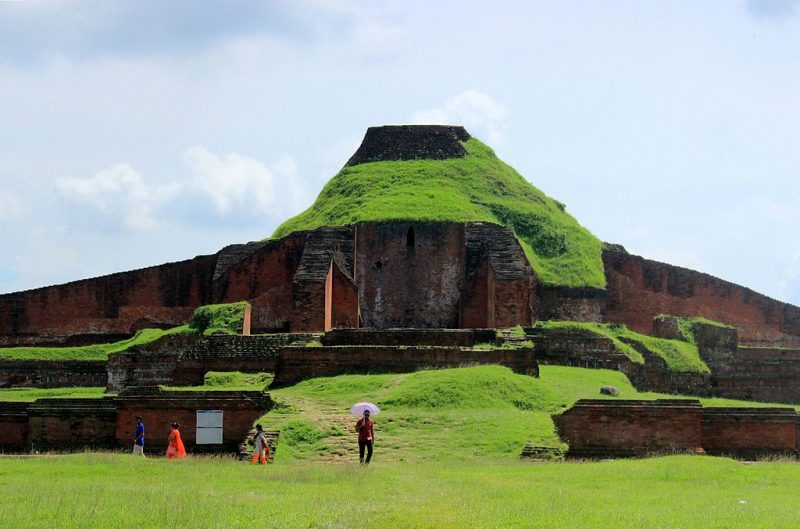
The uniqueness of the monastery is found in its design, influenced by distant cultures, for ex. Java (Indonesia).The organization of the architectural system is based upon the traditional Buddhist temple structure. The elaborate gateway to the Vihara lies on the northern side of the complex.
Each side of the monastery measures around 900 feet (270 meters) in length and is composed of over 70 cells which were used as rooms for accommodation and meditation for the monks along with the 92 altars of worship.
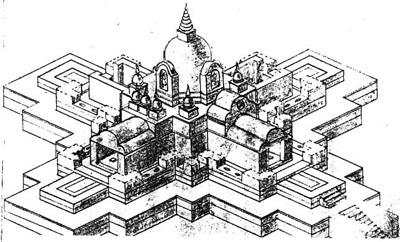
In the center of the main courtyard of the complex archaeological site, there is evidence of a possible central temple or a super-structure.Other sacred objects and shrines are found throughout, including the Jain chat URM Khar structure.
During the excavations, many other stupas, shrines, stone sculptures with powerful figures, inscriptions, and decorative ceramic works were discovered.
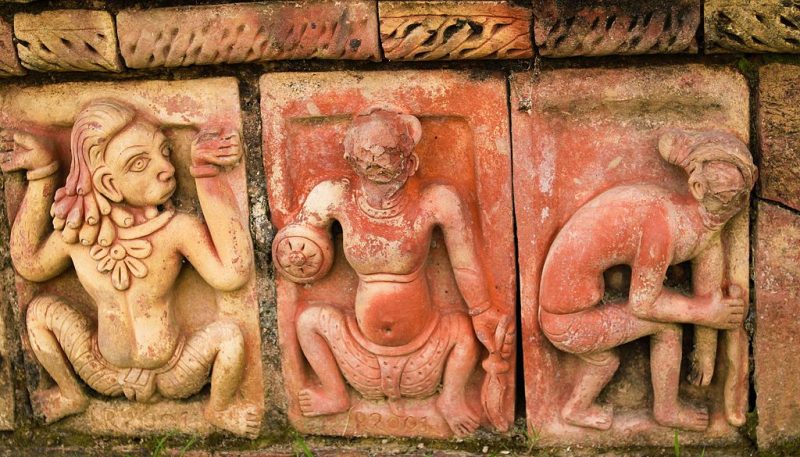
The recovered items from the area are stored in a museum near the site, including terracotta plaques, images of different gods and goddesses, potteries, coin inscriptions, ornamental bricks and various clay objects.
In 1985 the monastery was designated as UNESCO World Heritage site.
